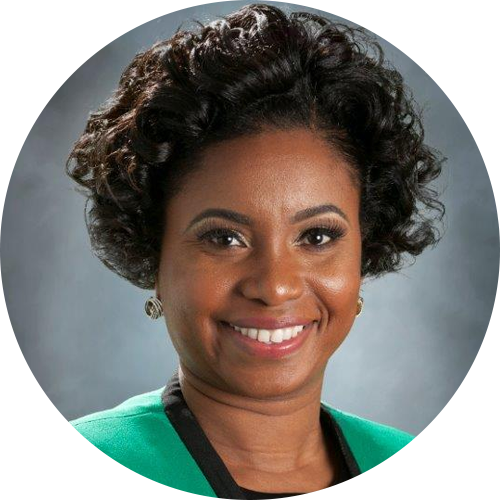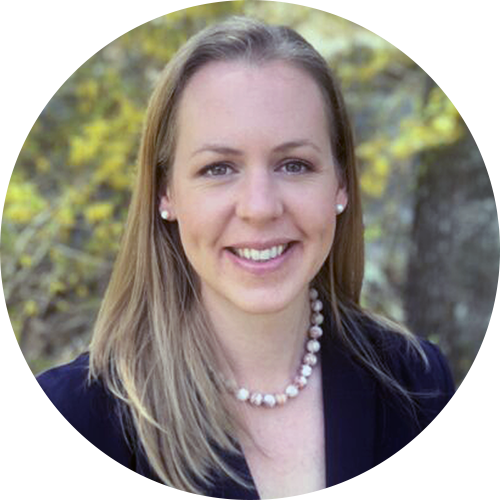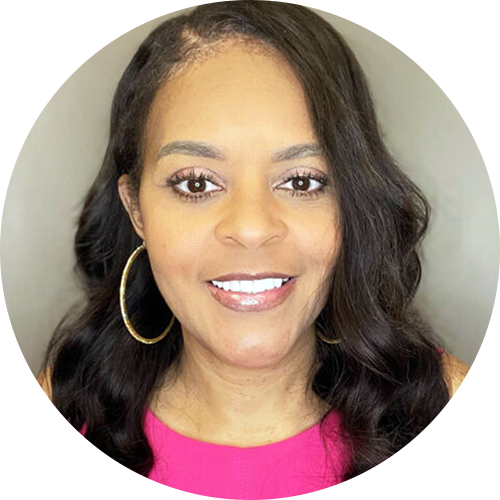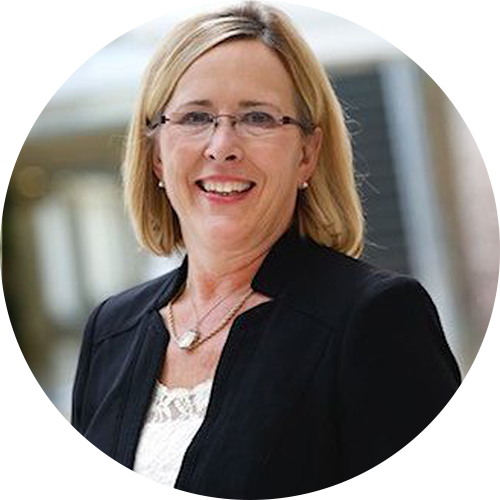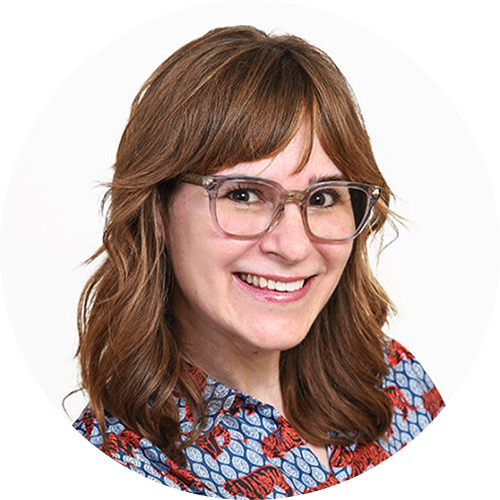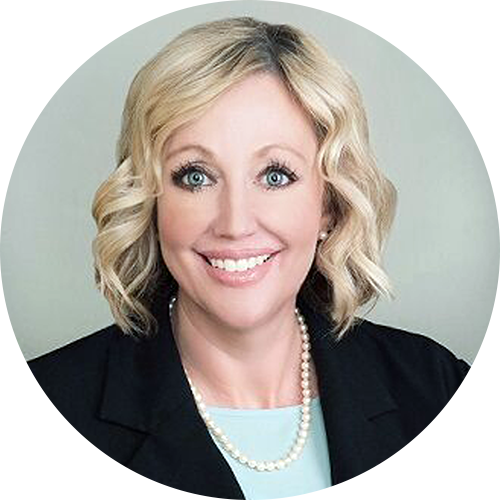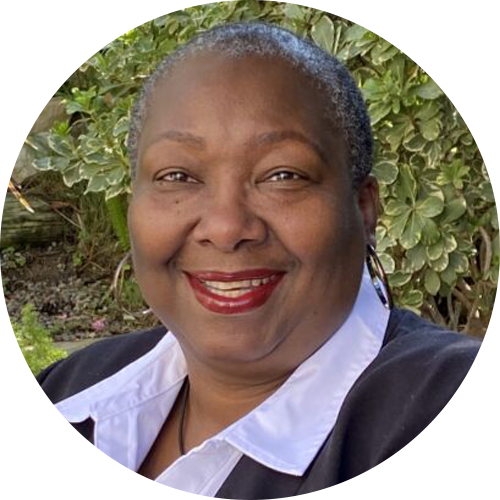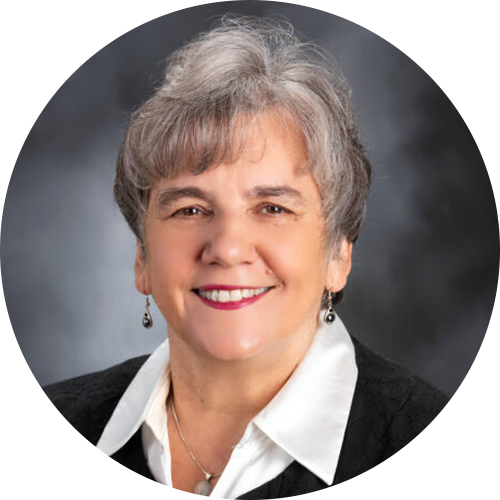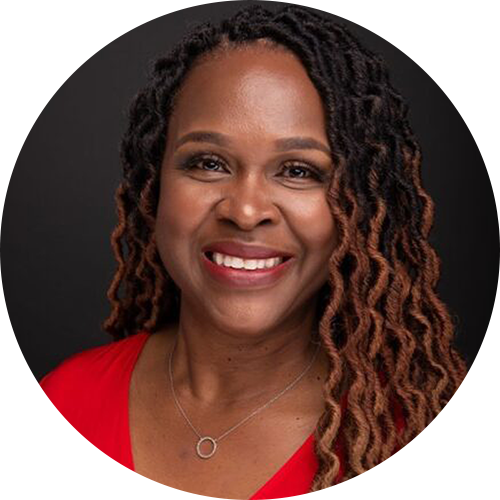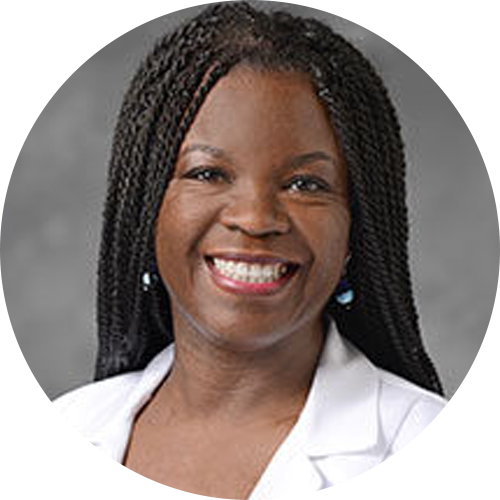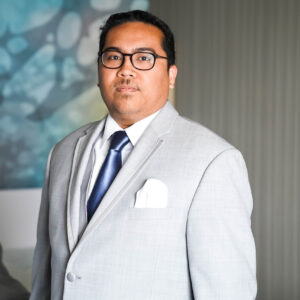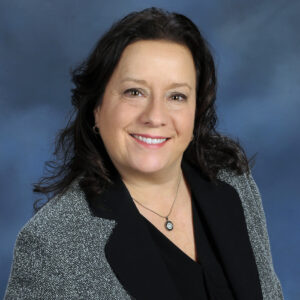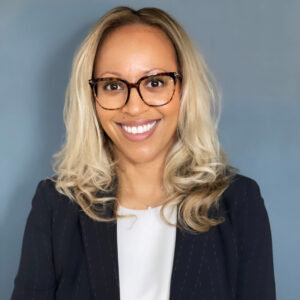Disclaimer Statement for AWHONN Resources
This education was developed for AWHONN as a resource for nursing practice. It does not define a standard of care and is not intended to dictate an exclusive course of patient management. It is based on current research and guidelines from recognized authorities at the time of production and presents general methods and techniques of clinical practice that AWHONN believes to be currently and widely viewed as acceptable.
This information is not meant or intended to serve as a substitute for professional judgment. Proper patient care depends on several factors that should be considered according to the needs of each patient in clinical practice. Participants are encouraged to use variations or innovations that are consistent with individual state law and facility rules and that demonstrably improve the quality of patient care.
AWHONN believes any drug classifications and product selection in this resource are in accordance with current recommendations and practice at the time of publication. However, due to ongoing research, changes in government regulations, and the constant flow of information related to health care, the participant is urged to check information for each drug in other current and authoritative sources to identify any potential changes in practices, indications, dosages, warnings, and precautions. Appropriate medication use may depend on unique factors such as the patient’s health status, additional medications, and other factors that the interprofessional team must consider in clinical practice.
The information presented here is not designed to define standards of practice for employment, licensure, discipline, legal, or other purposes. Participants should refer to their facility’s policies and protocols for specific requirements and guidelines for patient care.
Common Inclusive Language Used in AWHONN Resources
AWHONN recognizes the existence of diverse gender identities and acknowledges that patients may not identify as women, exclusively or otherwise. AWHONN strives to use gender-inclusive language where possible. In some instances, words like “women” (and related pronouns “she” and “her”) have been retained for accuracy (e.g., to preserve the terminology of a published study) and specific case scenarios. To provide appropriate, respectful, and sensitive care, the healthcare provider is encouraged to always ask individuals what words they use to describe themselves, their bodies, and their healthcare practices.


